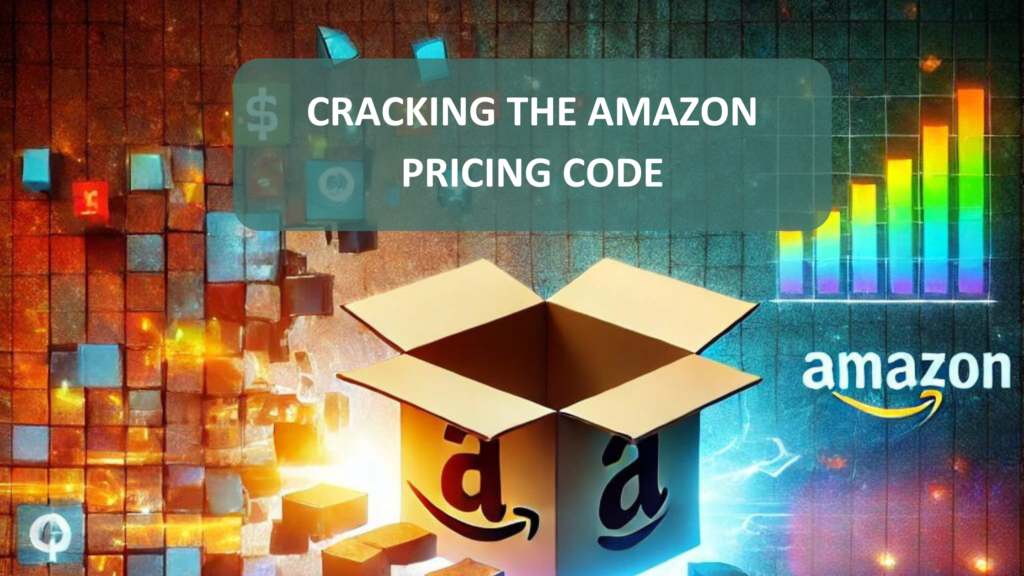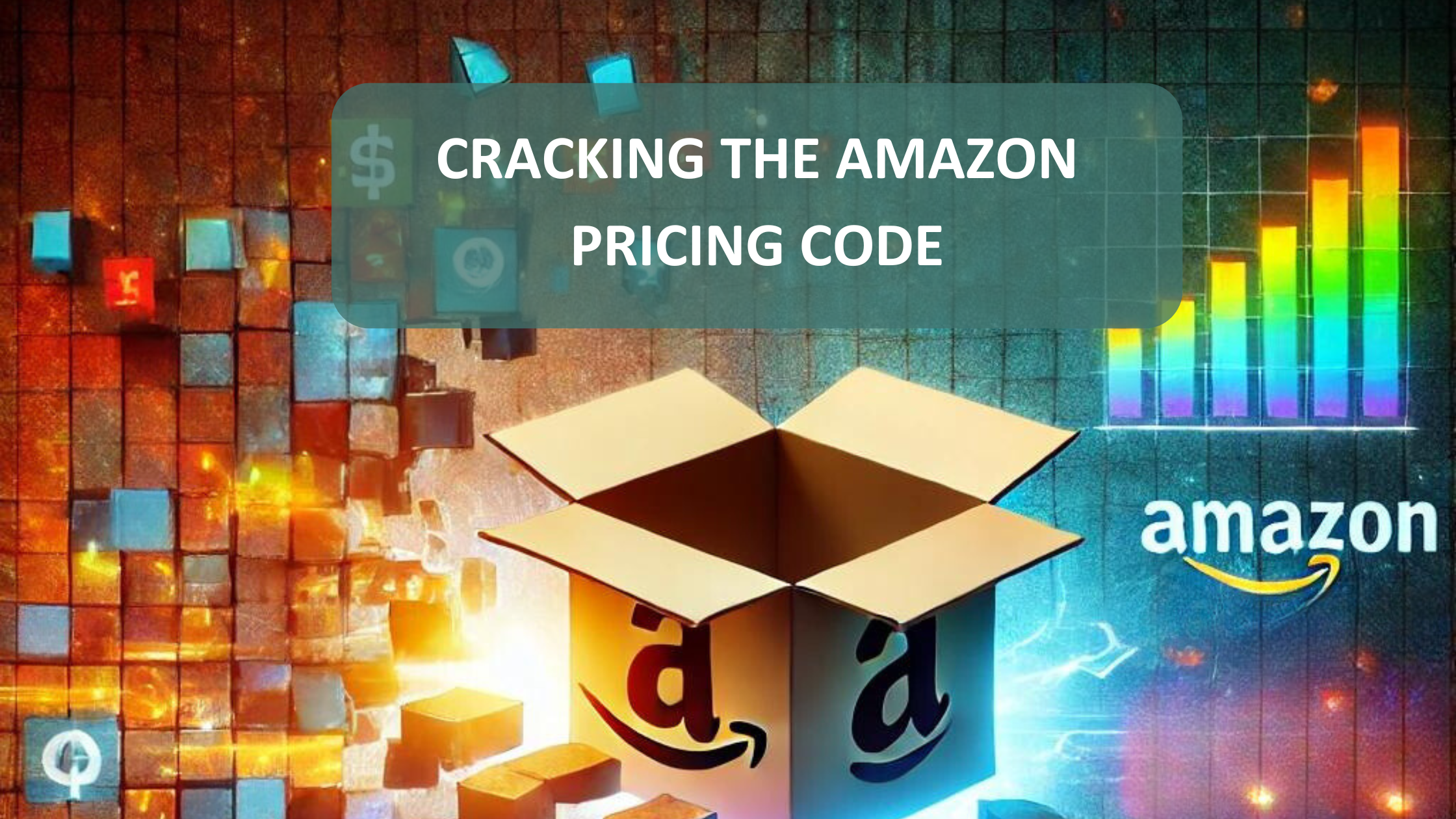
Pricing products on Amazon is both an art and a science. With cutthroat competition, advanced repricing tools, and the increasing complexity of consumer behavior, sellers must rethink how they set prices to stay competitive while protecting their profit margins. An effective pricing strategy combines in-depth cost analysis, competitor monitoring, and the right mix of psychological and dynamic pricing techniques.
Table of Contents
Toggle1. Profit Margins: The Foundation of Pricing
Every pricing strategy begins with understanding your costs. From COGS (Cost of Goods Sold) to Amazon fees (such as referral and FBA fees), it’s crucial to ensure you’re covering all expenses before deciding on your final price. It’s generally recommended that Amazon sellers aim for a 25-30% profit margin to ensure both profitability and flexibility for future price adjustments. This margin allows sellers to cover operational costs like Amazon fees, marketing expenses, and fulfillment while still leaving enough room for competitive pricing strategies and promotions.
2. Adopting Dynamic Pricing in 2025
Dynamic pricing tools have become indispensable as they adjust product prices in real-time, accounting for demand, competitor prices, and inventory levels. Using a dynamic repricing tool can increase your chances of securing the Buy Box, where over 80% of conversions occur. Sellers who don’t embrace dynamic pricing risk losing out to competitors who are leveraging real-time data.
3. Selecting the Right Pricing Strategy
Different pricing strategies can serve different objectives. Sellers in 2025 should be familiar with these common strategies:
- Penetration Pricing: Launch with a low price to capture market share, then raise prices once you’ve built a loyal customer base.
- Price Skimming: Start with a high price to take advantage of early adopters, then lower the price to attract more budget-conscious buyers.
- Value-Based Pricing: Charge higher prices if you can justify your product’s unique features or excellent reviews
- Refunds and Inventory Management
Incorporating a robust refunds management process into your pricing strategy can significantly impact profitability. Many sellers overlook the potential lost revenue from discrepancies like missing inventory or chargebacks. Services like RefundsManager.com can help sellers recover these losses, ensuring that every dollar invested in your pricing strategy maximizes returns.
5. Testing and Fine-Tuning Your Prices
Testing various price points using A/B testing allows sellers to find the ideal balance between price, demand, and profitability. Amazon’s testing tools can help you adjust prices in response to market trends, customer feedback, and competition.
6. Leveraging Seasonal Pricing Trends
Seasonal demand spikes—such as Prime Day, Black Friday, and Cyber Monday—present opportunities to adjust prices and increase revenue. Sellers who leverage historical data can make informed decisions about raising prices during high-demand periods without losing competitiveness.
Unlock Hidden Revenue with Refunds Manager
As we head into 2025, successful Amazon sellers must combine thoughtful pricing strategies with tools that safeguard their profits. Beyond dynamic pricing and profit margin analysis, recovering lost revenue is essential. Refunds Manager offers a powerful solution for identifying and recovering lost money from chargebacks, inventory discrepancies, and FBA errors.




